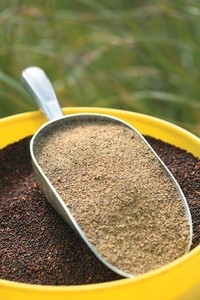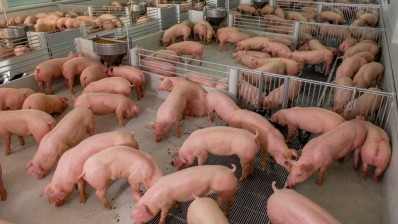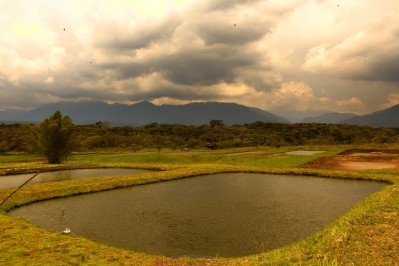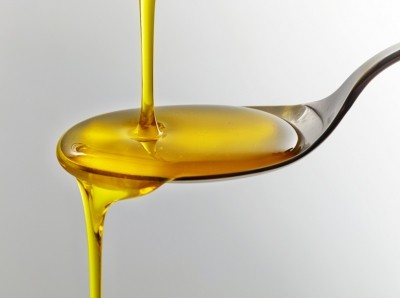Cargill backs Canadian research facility looking to convert low quality crops into high performing feed

The University of Saskatchewan run Canadian Feed Research Centre (CFRC), which has laboratory, pilot plant and larger industrial scale trial capacity, will also look to develop and commercialize feeds from co-products of the bioprocessing and biofuels industries.
Essentially, the center is aiming to have a better understanding of the main processes involved in converting low quality ingredients into high performing feed for all types of livestock as well as companion and zoological animals, said Tom Scott, University of Saskatchewan research chair in feed processing technology.
"And we want to increase the feed value of co-products of the oil seed industry like canola and camelina meal, as well as ethanol industry co-products such as wheat distillers dried grains (DDGS). We will also look to exploit by-products of animal slaughter plants like meat and bone meal, as well as food waste generated by bakeries, groceries and restaurants,” he told feednavigator.
First conceptualized in 2009, the development of the $13.85m feed mill based research unit came to fruition through a cooperative effort that included the Canada Foundation for Innovation and the Saskatchewan Ministry of Agriculture. “The university had been looking to replace old feed milling facilities on campus since the 1990s with revamp plans eventually ramped up to convert the units into a feed processing research hub with cutting edge process technology,” said Scott.
Feed processing technology
Efficiency of feed processing equipment is also on the CFRC radar.
“The main areas of work will be in particle size reduction and diet formulation to insure uniform delivery of nutrients and additives. We will also look at hydrothermal technology and we will evaluate feed types from pellets to nuggets for feeding different classes of animals to increase palatability and intake, improve digestion and inhibit pathogens,” Scott told us.
The center is equipped with three pellet machines as well as extrusion and steam flaking technology.
“We can also use vacuum coating to improve the shelf-life of bioactives such as enzymes, flavors or preservatives,” he added.
And the feed facility has access to seed-sorting technology: “We are interested in knowing if low and high protein seeds from the same source of grain have different processing requirements so that we can optimize the feed value of diets and ensure consistency from batch to batch,” said Scott.
Graduate training
The research facility will employ several R&D professionals, and will allow both graduate and undergraduate students gain advanced training for careers in the feed and livestock sectors.
Scott said the facility will work with a range of feed and livestock industry partners that want to understand the best means of optimizing feed value and quality, get regulatory approval for new ingredients or additives, or develop new feed production processes.
Cargill investment
A spokesperson for Cargill said its $2.46m funding of the center is in alignment with its aims around community investment, the development of talent in the animal nutrition sector, and the commercialization of new technology to benefit Canadian livestock producers.
And she told us company “has a license to operate the industrial side of the CFRC for its commercial operation when the facility is not being used by the university.”
















